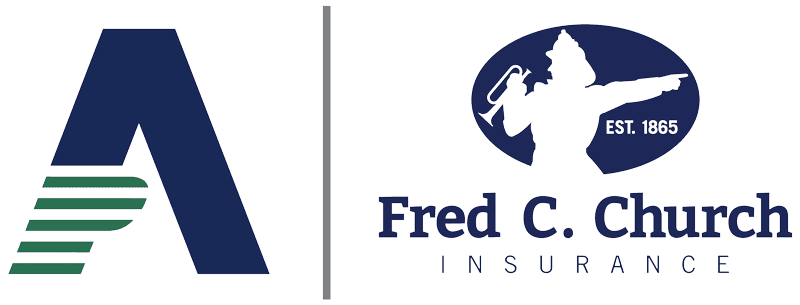June 2023 Employee Benefits Compliance Alert
Release Date: June 1, 2023
IRS Announces 2024 HSA/HDHP Limits
The IRS recently announced 2024 Health Savings Accounts (HSA) limits in Revenue Procedure 2023-23 (IRS guidance). The 2024 HSA contribution limits are as follows:
- Individual Coverage: $4,150 ($300 increase over 2023)
- Family Coverage: $8,300 ($550 increase over 2023)
An HSA must be paired with a high deductible health plan (HDHP) in order to allow for contributions. The IRS guidance also revised upward the 2024 calendar year minimum deductible and out-of-pocket maximums allowed for a plan to qualify as an HDHP. The 2024 HDHP annual inflation-adjusted amounts are as follows:
Deductible
- The 2024 minimum deductible for individual coverage is $1,600 ($100 increase over 2023).
- The 2024 minimum deductible for family coverage is $3,200 ($200 increase over 2023).
Out-of-Pocket Limits
- The 2024 maximum out-of-pocket limit for individual coverage increases is $8,050 ($550 increase over 2023).
- The 2024 maximum out-of-pocket limit for family coverage is $16,100 ($1,100 over 2023).
Resource:
IRS Issues FSA Claim Substantiation Guidance
The IRS recently issued guidance in the form of a Chief Counsel Advice Memorandum (IRS Guidance) that reiterated the need for strict compliance by Flexible Spending Account (FSA) administrators in obtaining third-party substantiation of a claim submitted under an FSA.
A third party is essentially understood to be the provider of the health care service or health care product. The documentation of the FSA expense incurred by the employee must be sufficiently substantiated with enough detail to understand what was purchased, the cost, and the date of the purchase.
An example of an FSA claim submission lacking third-party substantiation would be a submission authored by the employee who received the health care product or service. The failure to obtain sufficient third-party substantiation would put the tax qualification of the FSA at risk, meaning any reimbursements to any employee could be deemed taxable income.
The IRS Guidance provided six examples of FSA claim substantiation and opined on whether the substantiation was compliant:
Example 1: The plan only reimburses medical expenses that are substantiated by information from a third-party that is independent of the employee and the employee’s spouse and dependents or from an explanation of benefits issued by an insurance company.
IRS Guidance: Compliant substantiation.
Example 2: The plan allows for self-certification.
IRS Guidance: Lack of compliant substantiation.
Example 3: The plan uses sampling techniques.
IRS Guidance: Lack of compliant substantiation.
Example 4: The plan generally requires third-party certification, but it treats certain expenses paid with a debit card as auto-substantiated if the charge is less than a specified dollar amount.
IRS Guidance: Any auto-substantiated claim by specific dollar amount lacks compliant substantiation.
Example 5: The plan maintains a list of dentists, doctors, hospitals, or other health care providers, the charges from which are treated as auto-substantiated.
IRS Guidance: Any auto-substantiated claim by the name of specific health care provider, without any other information, lacks compliant substantiation.
Example 6: A dependent care assistance plan allows employees to submit a form in advance of receiving the dependent care, attesting to the amount of dependent care expenses they will incur in the upcoming year, and to thereafter notify the plan sponsor only if the anticipated amount of expenses change.
IRS Guidance: Lack of compliant substantiation.
Because of the lack of compliant FSA claim substantiation in Examples 2–6 above, the FSA reimbursements would be considered taxable income.
Resource:
Release Date: June 9, 2023
PCORI Fee Payments Deadline: July 31, 2023
1. General Information
The Patient-Centered Outcomes Research Trust Fund fee is a charge on issuers of specified health insurance policies and plan sponsors of self-insured health plans that helps to fund the Patient-Centered Outcomes Research Institute (PCORI).
The amount of the PCORI fee payable is equal to the average number of lives covered during the policy year or plan year multiplied by a dollar amount announced for each year (to reflect medical inflation for that year) as determined by the Secretary of Health and Human Services.
2. How Much Do I Pay Per Individual?
For plan years that started after September 20, 2021, and before October 1, 2022, the applicable dollar amount is $2.79 per covered individual.
For plan years that ended on or after October 1, 2022, and before October 1, 2023—including calendar year plans—the fee is $3.00 per covered individual.
If your health plan is fully insured, your health insurer will determine and pay the PCORI fee.
If you have a self-insured health plan, the employer/plan sponsor will have responsibility for calculating and paying the PCORI fee.
An HRA can be considered a self-insured health plan even if it is paired with a fully insured medical plan. Generally, but not always, a third-party administrator for a self-insured health plan will determine the PCORI fee payable for its client.
3. How to Count Individuals
Generally, all individuals who are covered during the policy year or plan year must be counted in computing the average number of lives covered for that year.
Example: A self-insured health plan must count an employee and their dependent child as two separate covered lives unless the plan is a health reimbursement arrangement (HRA) or flexible spending arrangement (FSA), but only if the FSA is “stand-alone” and is not offered with a medical plan. Health plan sponsors are permitted to assume one covered life for each employee with an HRA or FSA.
An employer/plan sponsor of a self-insured health plan has the flexibility to use one of three different counting methodologies to determine the average number of lives covered for a plan year: (1) the actual count method, (2) the snapshot method, or (3) the Form 5500 method.
- Actual Count Method with a Self-Insured Health Plan: Count the total covered lives for each day of the plan year and divide by the number of days in the plan year.
- Snapshot Method: Count the total number of covered lives on a single day in each quarter (or more than one day) and divide the total by the number of dates on which a count was made. (The date or dates must be consistent for each quarter.)
- Form 5500 Method: For self-insured-only coverage, determine the average number of participants by combining the total number of participants at the beginning of the plan year with the total number of participants at the end of the plan year as reported on the Form 5500 and divide by two.
4. How to Pay the PCORI Fee: Form 720
A health insurance company will determine and pay the PCORI fee for any fully insured health plan. A plan sponsor/employer of a self-insured health plan, however, will need to submit Form 720, Quarterly Federal Excise Tax Return to the IRS.
Form 720 will be due on July 31 of the year following the last day of the policy year or plan year. Electronic filing is available but not required. Payment will be due at the time the Form 720 is due.
Resources
- More information on what type of health insurance arrangements could trigger PCORI fee responsibility can be found at this IRS Link
- Additional IRS PCORI Resources
- PCORI Regulation
Release Date: June 9, 2023
End of COVID-19 National Emergency
On January 30, 2023, the Biden Administration announced that both the COVID-19 Public Health Emergency and the National Emergency would end on May 11, 2023. However, on April 10, 2023, President Biden signed bipartisan legislation ending the COVID-19 National Emergency earlier than expected. As a result, the Outbreak Period (the 60-day period following the end of the COVID-19 National Emergency) will end on June 10, 2023. From June 10, 2023, going forward, deadlines regarding HIPAA special enrollment rights, COBRA election and premium payments, and ERISA claim deadlines will return to pre-COVID-19 pandemic status.
Additional Resource:
Release Date: June 22, 2023
IRS Issues New Form 720 for Upcoming July 31, 2023, PCORI Payments
Late last week, the IRS issued a new Form 720 for PCORI payments. A link to the form is here: https://www.irs.gov/pub/irs-pdf/f720.pdf.
For those employers who sponsor a self-funded health plan or an HRA, the form and any applicable payment is due July 31, 2023.
Please note that Fred C. Church issued a June 9 alert on the PCORI fee and calculating the payment. That alert is found here: https://www.fredcchurch.com/business/employee-benefits-insurance/compliance-alert/june-2023/.
The IRS revised Line 133 of Form 720 to reflect the $2.79 PCORI fee for the plan or policy years ending before October 1, 2022, and $3.00 PCORI fee for plan or policy years ending on or after October 1, 2022, and before October 1, 2023. Those figures were correctly reported in our earlier PCORI alert.
Questions? Feel free to contact George Thompson, Senior Counsel, Vice President of Compliance, at gthompson@fredcchurch.com.
Note: This alert constitutes compliance advice from the Fred C. Church Agency as your employee benefits broker and does not establish an attorney-client relationship with the recipient, who is free to consult with legal or tax counsel of their own choosing.



